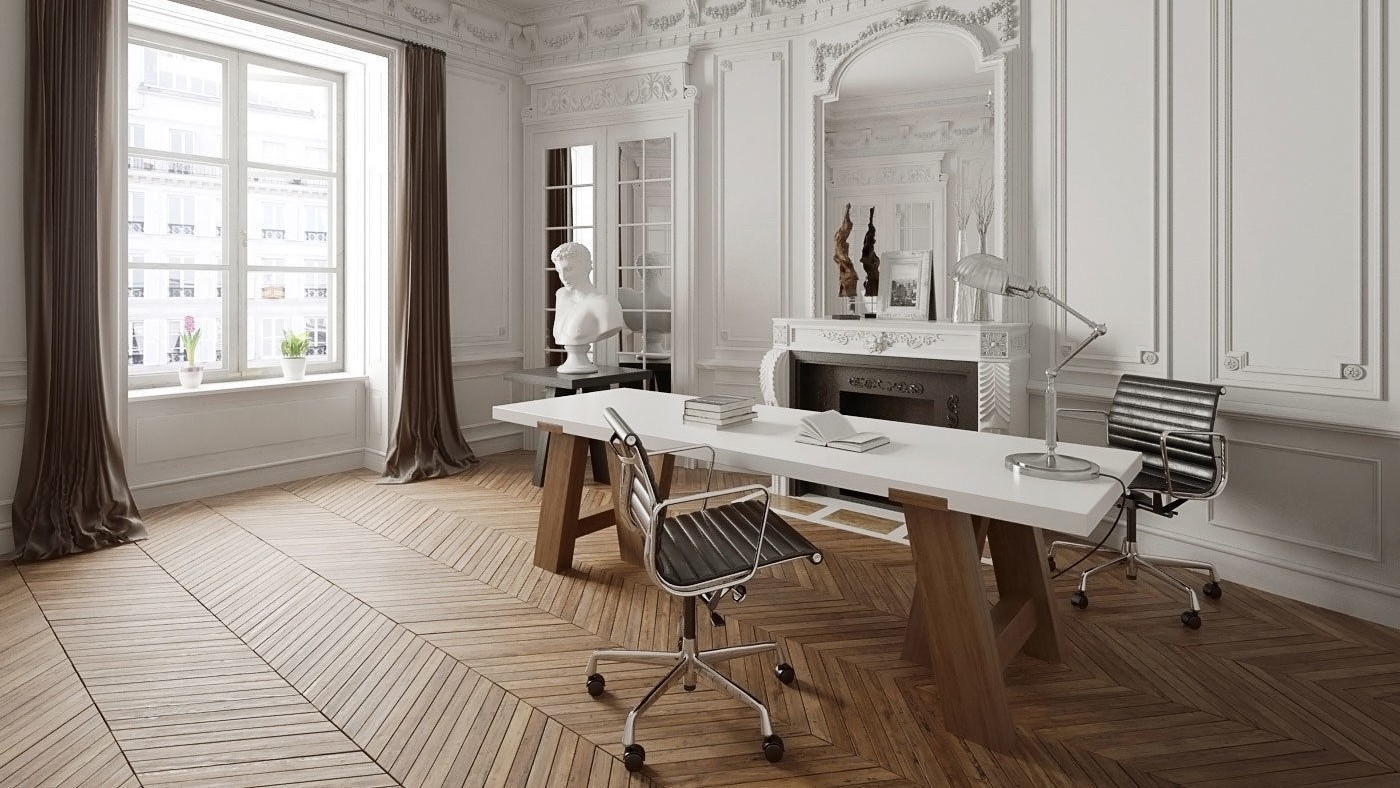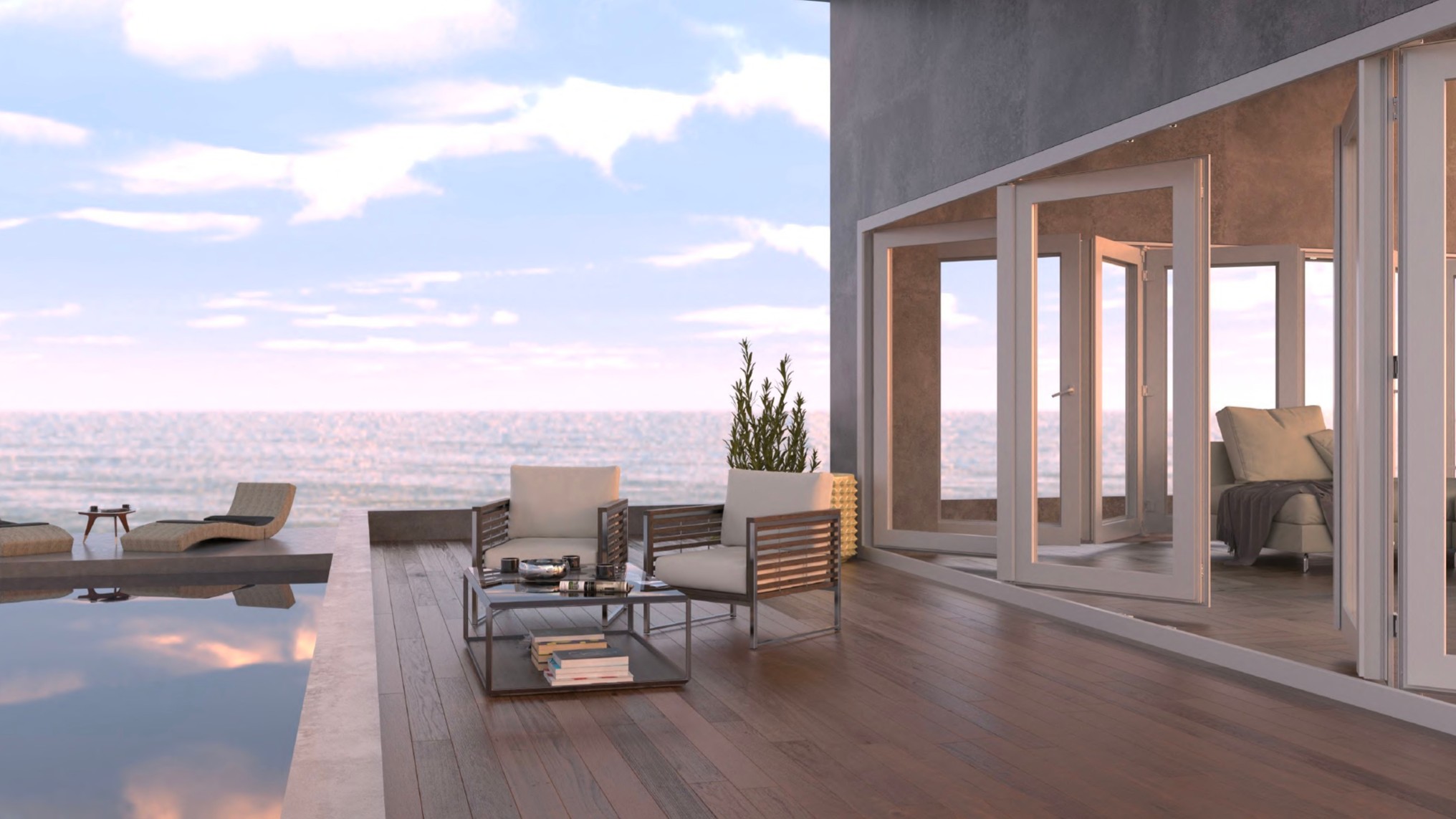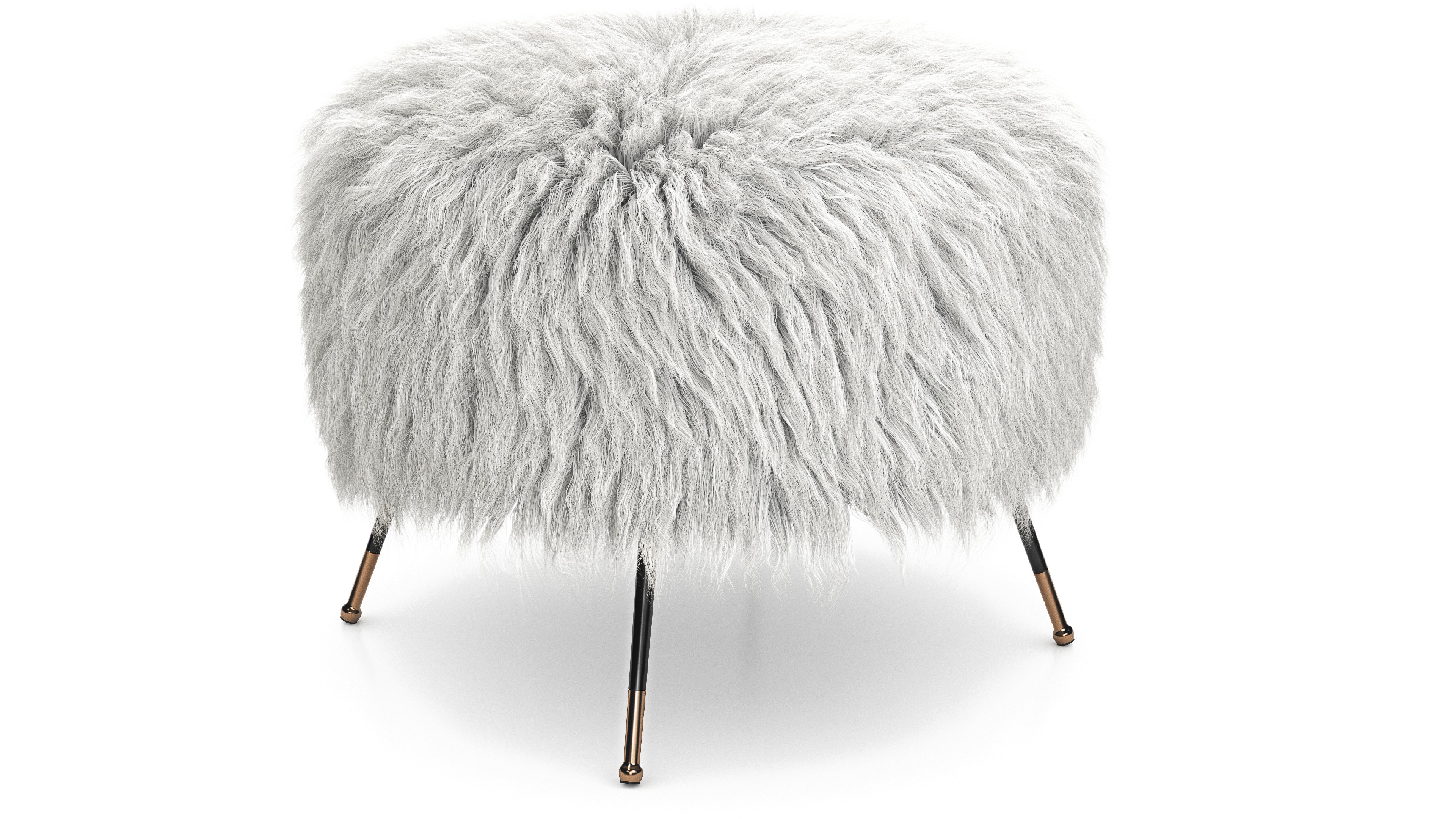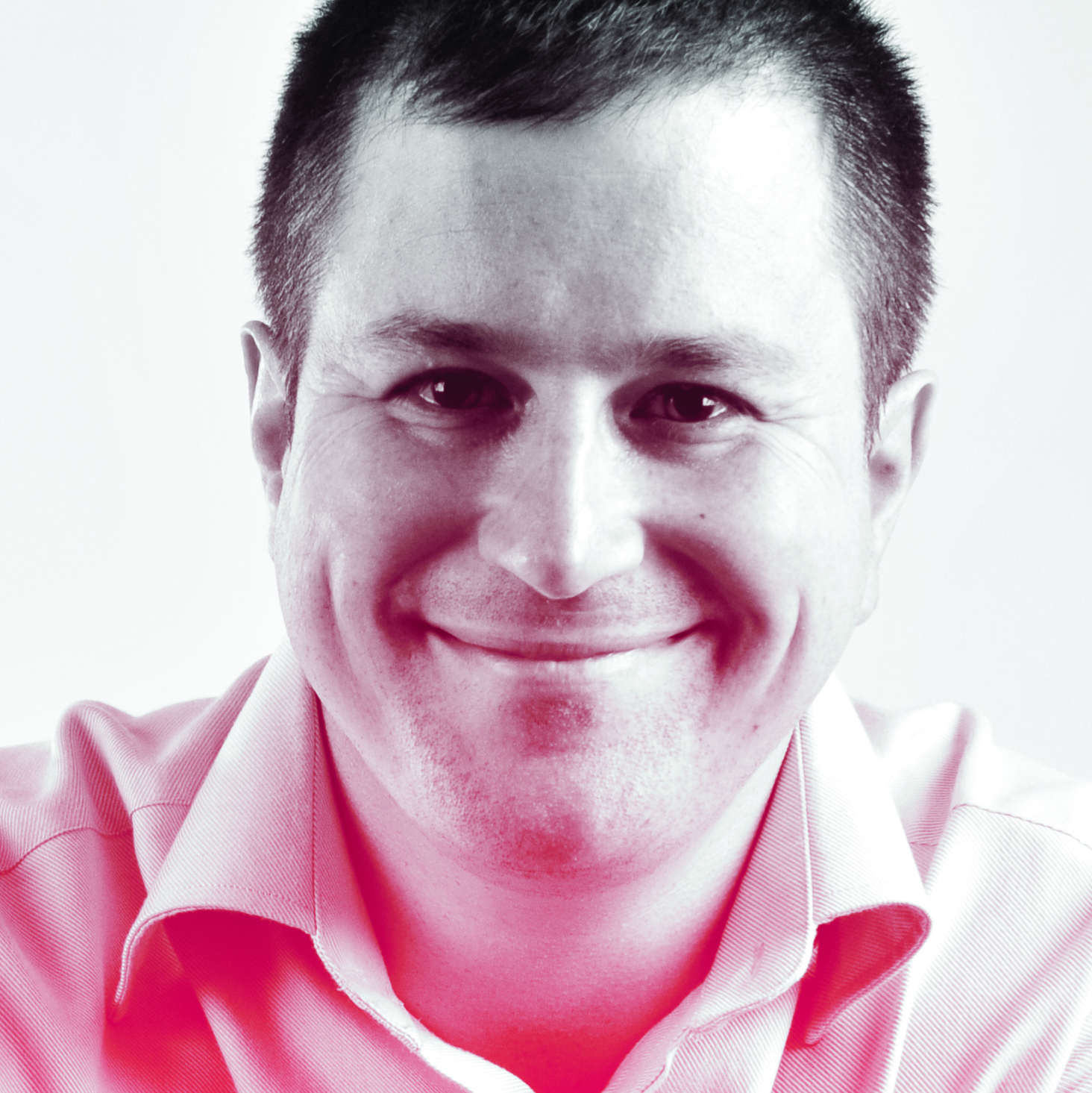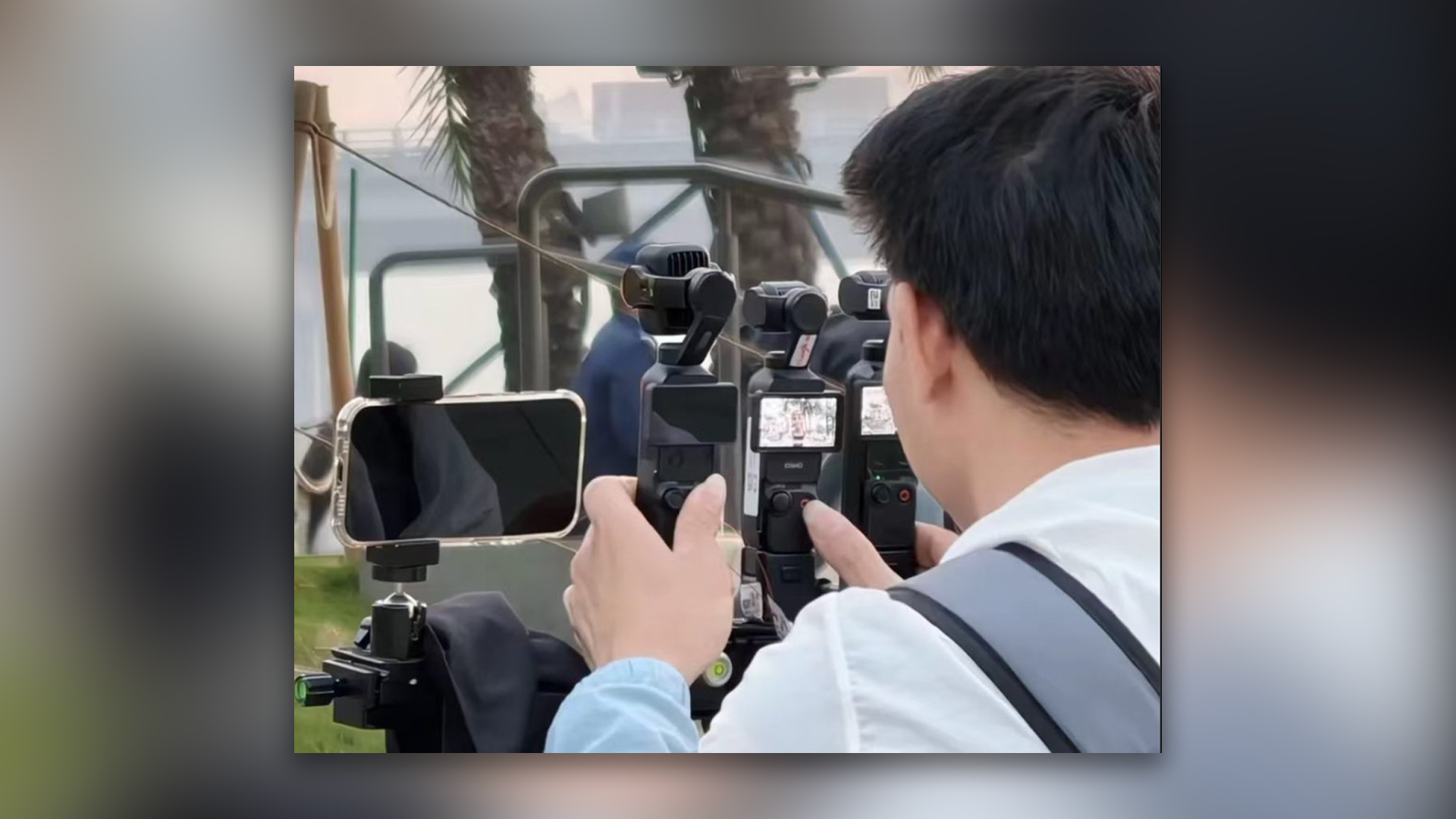
In many ways, new technology is making the lives of photographers easier and more productive – but it’s also putting many out of business. And here’s yet another example to add to the list.
CGTrader offers 3D modeling, 3D / augmented reality solutions and digital asset management services to online retailers. And its latest research suggests that it’s not just cheaper for clients to pay for CG visualization (or "virtual photography") rather than a traditional photography shoot – it's much cheaper.
Specialist data was gathered by CGTrader (hat tip to Furniture News) from more than 100 photo studios and photographers, in 17 cities across 11 countries. It asked each for quotes to shoot five key furniture products – a table, armchair, sofa, vase, and lamp – and provide five distinct product shots with a white background, plus one lifestyle scene for each.
The most expensive place for photoshoots was New York, at $17,952, while the cheapest was Montreal, at $6,178. And, as CGTrader gleefully points out, none came close to the $2,000 price tag that the firm would offer for an equivalent 3D visualization (through its specialist service, ARsenal by CGTrader).
Here are the quotes it received in full:
- New York $17,952
- LA $15,322
- Copenhagen $15,023
- Toronto $13,676
- Calgary $13,004
- London $11,525
- Antwerp $10,933
- Sydney $10,805
- Paris $10,703
- Wellington $10,427
- Ottawa $10,060
- Madrid $9,076
- Milan $8,800
- Washington $8,525
- Brussels $8,319
- Berlin $7,965
- Montreal $6,178
We could argue all day long about how representative these figures are (you can see the full research here). However, even if you could personally undercut CGTrader in your photography practice, that may not help you for long – because advances in AI and other computer tech means that the price of CG visualization will probably keep going down.
Overall, then, there's an uncomfortable truth here that it's difficult to ignore. As CGTrader points out: "Because 3D product photography can be conducted by a single artist, without the need for physical products to be on-site, production fees will always be lower. That’s before you’ve factored in the ability to digitally change integral features of products – color, angle, setting – without the complete reshoot that traditional photography would require.
The best camera deals, reviews, product advice, and unmissable photography news, direct to your inbox!
"What’s more, the same 3D models can be used for creating WebAR experiences for eCommerce – which, all in all, offers significant savings. As the technology and AI evolves and more digital artists come on board, 3D product visualization is the natural successor to traditional photography and looks set to hold the future of imagery for online retailers."
So should product photographers give up the ghost, and shut up shop now? We'd suggest that would be premature.
As you can see from the examples on this page, CG visualization has come on a long way in recent years, and it's difficult to distinguish from photography in many ways. Especially considering that the line between heavily Photoshopped photography and CG visualization is often very thin.
Yet at the same time, there's still an uncanniness to CG scenes that means they remain ultimately unconvincing, albeit at an unconscious level. Those lines are too smooth, too exact, too geometric. Real life is full of jagged, lumpy, random imperfections that just can't be recreated in pixel form… at least not yet.
Yes, if you just want to pretty up a web page where there are hundreds of products, and each one only appears at the size of a postage stamp, then it's probably not worth spending thousands on a photoshoot.
But if you want a wow-factor spread in Vogue, a high-class printed brochure for your premium brand, or a physical billboard in a prime location, that's not going to cut it. A proper photography shoot, with all the expensive lighting, props and stylists that involves, is still what you need to make your brand stand out from the crowd. Especially if you want real, actual people in your images; something that CG certainly can't do so well.
That said, any product photographer whose main work involves generic, mass market items for online retail might well be losing some of their clients to CG visualization in the coming years.
So keeping an eye on the luxury market, and trying to get more work in that sector, is probably a good thing to start thinking about…
Read more:
Best 360 cameras
Best professional cameras
Best desktop computer for photo editing
Best photo-editing laptops
Tom May is a freelance writer and editor specializing in art, photography, design and travel. He has been editor of Professional Photography magazine, associate editor at Creative Bloq, and deputy editor at net magazine. He has also worked for a wide range of mainstream titles including The Sun, Radio Times, NME, T3, Heat, Company and Bella.

